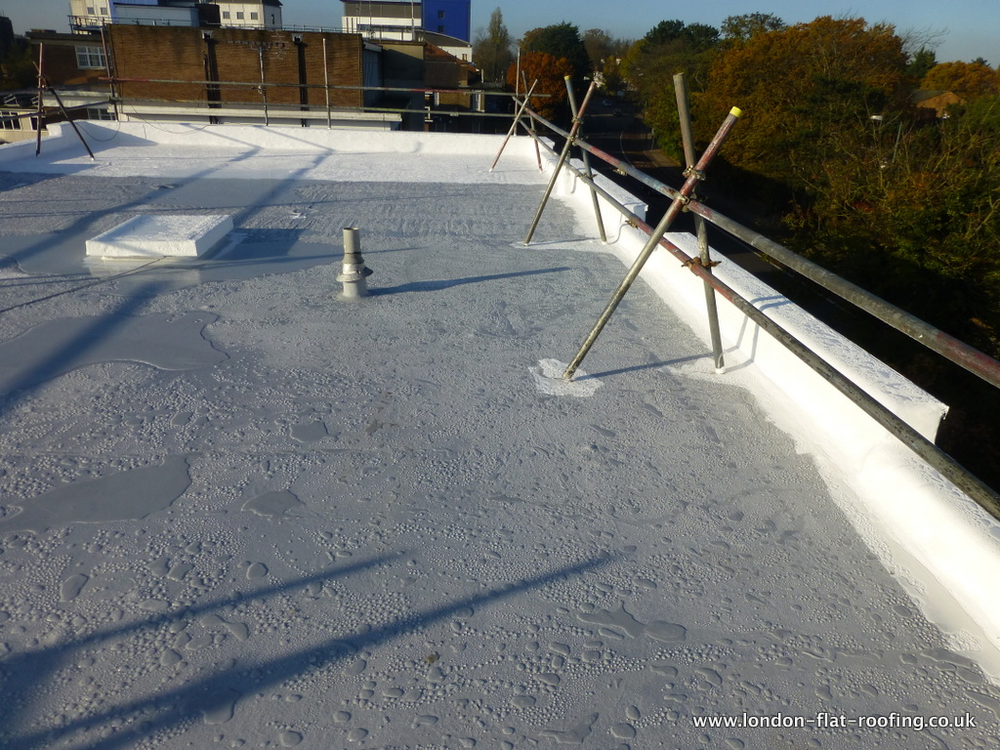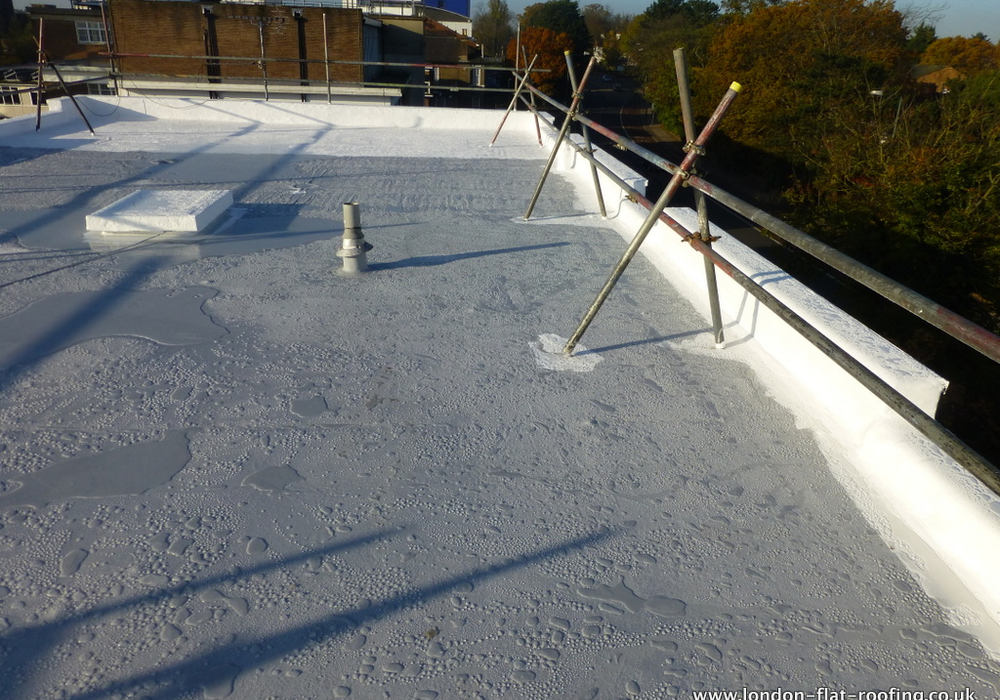A flat roof can offer a sleek and modern appearance to a building, but it also demands meticulous attention to detail when it comes to drainage. Without proper drainage, flat roofs can be prone to water pooling, leaks, and structural damage. At Malick Brothers Exteriors, we understand the importance of effective drainage systems for flat roofs. In this post, we'll explore the various drainage systems that can help keep your flat roof water-resistant and in optimal condition.
1. Interior Drains:
Interior drains are positioned within the interior of the roof and are connected to a network of pipes that direct water away from the roof. These drains are designed to capture water that accumulates on the roof's surface and channel it down to the building's drainage system. They are effective at preventing water from accumulating on the roof, reducing the risk of leaks and damage.
2. Scuppers:
Scuppers are openings or outlets located at the edge of the roof. They allow excess water to flow out of the roof and onto the ground or a gutter system. Scuppers are a cost-effective and efficient way to manage water on flat roofs and prevent pooling.
3. Gutters:
While gutters are commonly associated with pitched roofs, they can also be installed on flat roofs to help manage water. Gutters collect rainwater and direct it to downspouts that carry the water away from the building. Flat roof gutters can be installed at the roof's edge or internally within parapet walls.
4. Tapered Insulation:
Tapered insulation systems are designed to create a slope on the flat roof, ensuring that water naturally drains towards designated areas, such as interior drains or scuppers. This slope helps prevent water from pooling on the roof, which can lead to leaks and structural damage.
5. Roof Pavers and Decking:
For flat roofs that double as outdoor living spaces or green roofs, roof pavers and decking systems can be installed. These systems incorporate elevated surfaces that create space for drainage channels, allowing water to flow beneath the pavers or decking and reach the drainage system below.
6. Green Roof Systems:
Green roofs are becoming increasingly popular for their environmental benefits. They incorporate vegetation and vegetation layers that can absorb rainwater and reduce runoff. Properly designed green roof systems include drainage layers to manage excess water.
7. Roof Drains:
Roof drains are specifically designed to collect rainwater and divert it away from the roof surface. These drains come in various types, including strainer dome roof drains, siphonic roof drains, and parapet roof drains, each suited for different flat roof designs and requirements.
Regular Maintenance is Key:
While these drainage systems are crucial for a water-resistant flat roof, regular maintenance is equally important. Inspecting and cleaning drains, scuppers, gutters, and ensuring that the roof's slope remains consistent are essential to prevent water-related issues.
Mastering flat roof drainage is essential for maintaining the longevity and integrity of your flat roof. The choice of drainage system depends on the specific requirements of your building and the local climate. At Malick Brothers Exteriors, we have the expertise to assess your flat roof and recommend the most suitable drainage system to keep your roof water-resistant and in optimal condition.


